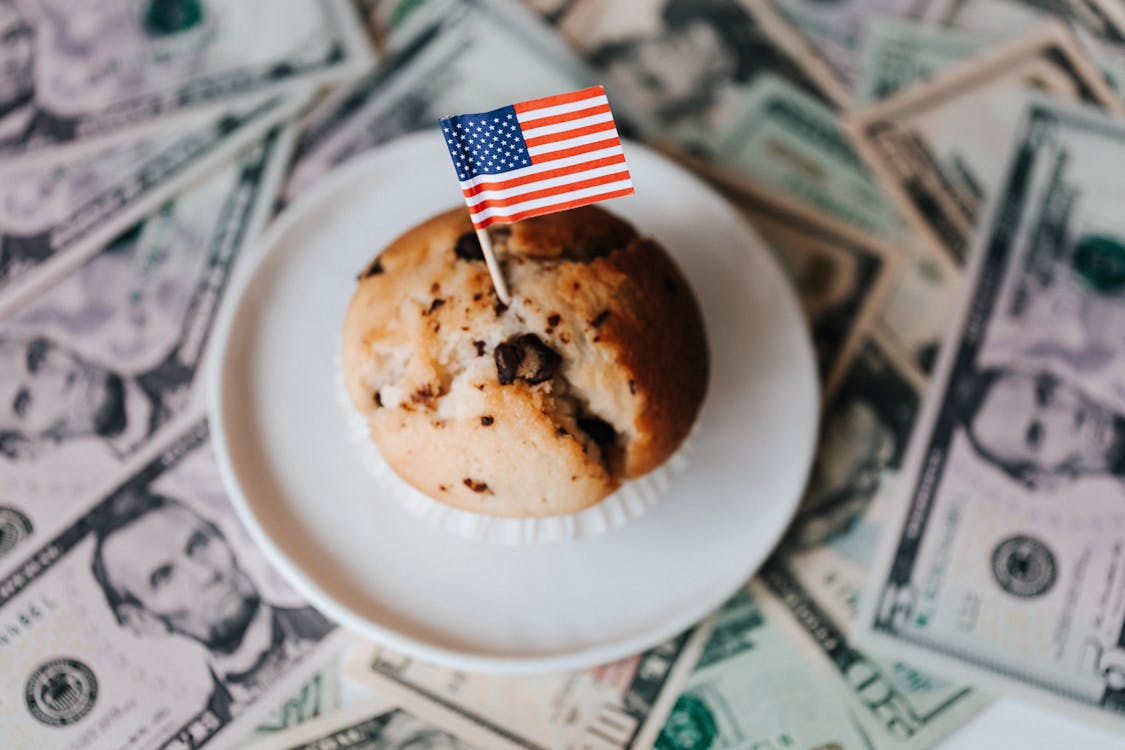Federal Reserve Not Tapering Means More Cycles In The Economic Forecast
The Federal Reserve announced at its September 22, 2021 meeting, “If progress continues broadly as expected, the Committee judges that a moderation in the pace of asset purchases may soon be warranted.” It’s time for moderation—or outright elimination—right now. The consequence will be continued inflation and high risk of entering a volatile boom-bust era.

Image Source: Pexels
The housing construction industry is maxed out. Builders are erecting new homes as fast as they can, but they are limited by lot availability, building supplies and labor. Anyone with a hammer and a pickup truck can find work in construction today. Yet the Fed is buying $40 billion of mortgage-backed securities each month. The president of the St. Louis Federal Reserve Bank, James Bullard, said back in June, “… maybe we don't need to be in mortgage-backed securities with a booming housing market and even a threatening housing bubble.” That certainly makes a great deal of sense. And housing prices have risen since that statement was made.
The Fed said that current high inflation is “largely reflecting transitory factors.” There are certainly some transitory factors in the current inflation report, but also huge pressure. GDP hit an all-time high in the second quarter with further gains quite likely in the third quarter (to be reported in late October). Government spending by federal, state and local governments has increased hugely from pre-pandemic levels. In this environment the Fed is continuing massive monetary stimulus.
Business leaders must consider the likely macroeconomic consequences on their companies. Most likely, economic growth will be strong in 2022 and 2023. The Fed noted, correctly, that “The path of the economy continues to depend on the course of the virus.” But limitations on economic activity associated with the pandemic cannot be solved by more stimulus. That won’t help restaurants and hotels if lockdown rules or public fears keep customers away.
Continually rising prices will frustrate consumers, leading to political pressure to bring inflation down. The Fed will eventually respond, but later is not wiser. Inflation responds to monetary policy with a long time lag, on the order of two years. (It’s actually a distributed lag, with some small impacts quite soon, bigger impacts later, and then declining impacts. Two years is a crude rule of thumb.) During the time lags, inflation will continue to accelerate. The Fed may very well be tempted to tighten policy even more during this waiting period, which would drive the economy into recession.
High inflation correlates with a more volatile economy. That’s true in American economic history as well as in many other countries.
Businesses should thus be prepared for more rapid change, both up and down, in their sales and costs in the coming years. Although recessions are one likely consequence of today’s Federal Reserve decision, booms will also come in between the busts. As Joseph once told the pharaoh, good years must be used to prepare for bad years. But it’s difficult to know exactly when the bad years will come. The best path is to be more flexible, which means less debt and more equity, fewer expensive assets and more rentals and leases of property, and perhaps more contracting out and fewer employees.
The ability to hunker down quickly will help companies, but also the ability to expand quickly, taking advantage of the good times in between the recessions.
The United States has been in a fairly calm economic era, at least by historical standards. Our recessions have come less often since 1982, primarily because we brought inflation down. Now look for a return to the cyclicality of the late 1960s and 1970s.



